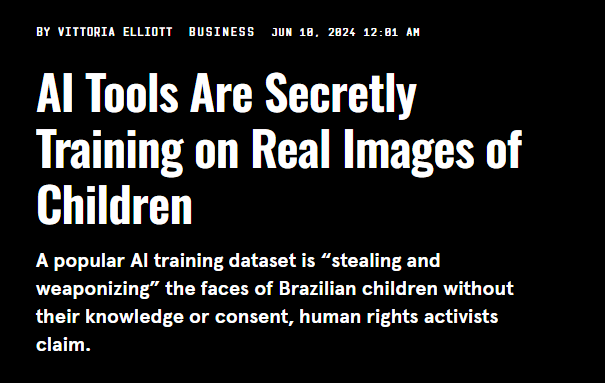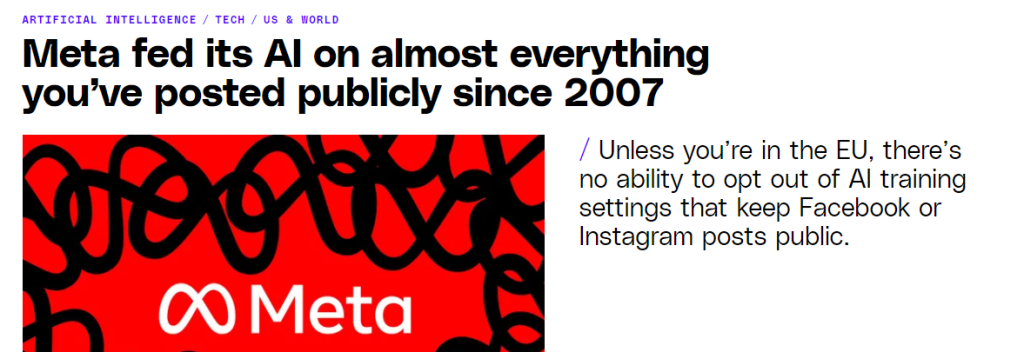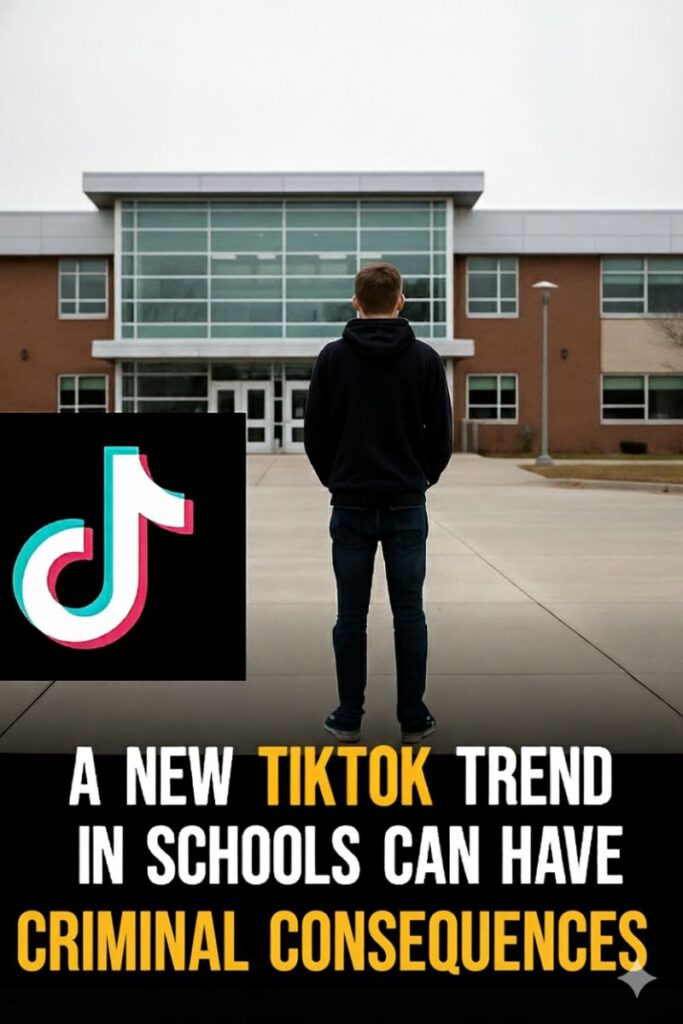We all love sharing photos of our kids online—whether it’s their first steps, a fun day at the park, or a messy cake moment. But did you know that some of those cute photos could be used for more than just likes and memories? Yep, they might be helping to train artificial intelligence (AI)! Let’s break down what that means, why it’s happening, and what you can do to protect your child’s privacy.
Watch the video below
What Does It Mean When Photos Are Used to “Train” AI?
So, what’s this about AI and photos? Basically:
- AI needs lots of data, like pictures, to learn how to do things like recognizing faces or creating realistic images.
- Many of the photos used to train AI come from the internet.
- If your kids’ photos are public, they could end up being used to train these systems—without you even knowing.
How Are Kids’ Photos Being Collected?
Here’s the tricky part:
- Social media platforms and apps often have terms of service that allow them to use the content you post.
- Some AI systems are trained using huge collections of images taken from across the web, including social media.
- Even if you have privacy settings in place, once an image is online, it’s hard to know where it ends up.
Kids photos being collected in the news
The Guardian reported on how children images in Australia are being used to train AI.

Similar report below by Wired

Read the news by Verge below on how Meta is using your images to train its own AI.

Why Should Parents Be Concerned?
Here’s why this matters:
- Facial recognition AI can identify faces in photos you haven’t posted, which could invade your child’s privacy.
- Data storage issues: Once an AI system has used your child’s image, that data might be stored for a long time.
- No control over future use: The photos could be used in ways you didn’t expect or aren’t comfortable with down the road.
Risks of Leaked Children’s Images: Deepfakes and More
It’s not just about privacy—there are real risks if your child’s images end up in the wrong hands. Here’s what could happen:
- Deepfakes: AI can take a real photo of your child and create fake images or videos that look disturbingly real. These deepfakes can be used in harmful or inappropriate ways, including harassment or exploitation.
- Identity Theft: Hackers can use personal information from photos, like your child’s name or location, to steal identities or create fake online profiles.
- Unwanted Recognition: AI systems that use facial recognition could potentially identify your child in other photos or videos, even ones you didn’t upload. This could lead to your child’s images being used in ways you didn’t approve of.
- Data Breaches: If a platform or app you’ve used to share images experiences a data breach, your child’s photos could be exposed to people you never intended to share them with.
What Can Parents Do to Protect Their Kids’ Photos?
You don’t need to stop sharing entirely, but here are some ways to protect your kids’ privacy:
- Check Privacy Settings: Make sure your social media and apps are set to private, so only close friends and family can see your posts.
- Limit Public Posts: Avoid posting photos of your kids in public forums or with open privacy settings. The fewer public images, the better.
- Be Cautious with Apps and Filters: Some apps that use face filters might store the images you upload. Check their privacy policies before using them.
- Talk to Family and Friends: If you’re being careful with what you post, let others know. Ask them to avoid sharing photos of your kids without permission.
Final Thoughts
While it’s tempting to post every adorable moment of your child’s life, remember that the internet never forgets. AI is advancing quickly, and keeping your family’s privacy intact is more important than ever. By being a little more cautious about what and where you share, you can still capture and share those special memories—without letting AI companies use your child’s photos.









